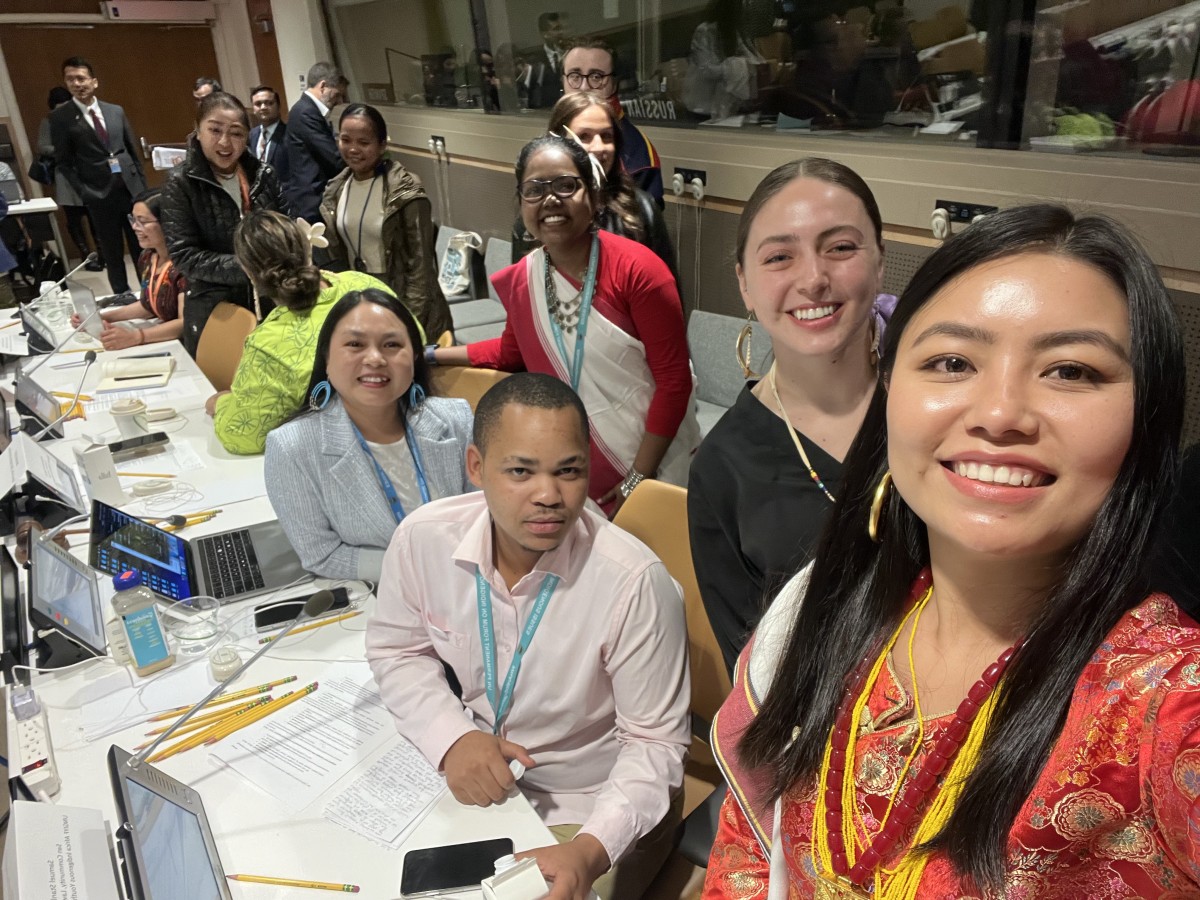I proudly say I belong to the indigenous Tamang community. But has that always been the case? The answer is no. Growing up, I faced a constant battle with my identity. I lived in various places with people of different ethnic backgrounds, though rarely from my own community except for my family. I recall receiving comments like “You don’t look like a Tamang,” which seemed like a compliment then. And like many others, I felt happy about it as a child.
My mother often reminds me that I used to speak Tamang fluently until I was about four or five years old. Now, however, I struggle to speak it, though I can still understand it. Nepali and English became my primary languages, and I regret not learning my mother tongue. Boarding schools and hostels, coupled with a predominantly Nepali-speaking environment at home, contributed to my disconnection from my roots. Comments like “You don’t sound like a Tamang” became a common refrain, leaving me with a sense of pride at the time, though I now see how misplaced that was.
It wasn’t until I became an adult that I truly embraced my heritage. The awareness and connection to my community and ancestors only blossomed much later in life. There was a time when I was ashamed of my cultural identity, but now, I proudly share it whenever I can.
Unlike many other indigenous communities, my experience growing up as a Tamang child didn’t include learning about our history or traditions. While kids from other communities grew up hearing stories of their kings, heroes, and historical figures, we, the Tamang people, had no such resources. No materials on our clan’s history, no stories shared in the community. I remember wondering why I had to endure taunts such as “Bhote/Bhotini”, which seemed to imply we were unclean or inferior. At the time, I found myself apologizing for my heritage simply because I excelled academically and didn’t fit the stereotype of the “typical Tamang.”
Another interesting aspect was the assumptions about Tamang girls – that we were destined to marry early and not complete our education. This stereotype came not just from outsiders, but even from within our own community. When I completed my bachelor’s degree, I was praised, not for my accomplishments, but for defying expectations: “You’re not like other Tamang girls.” I never felt flattered by these comments. They were not compliments but a reflection of how society views our community with low regard.
Another painful truth is how our main festival, Lhoshar, was always underappreciated compared to other festivals like Dashain or Tihar. For years, I didn’t even own a traditional Tamang dress because I considered it unnecessary. In hindsight, I realize it was part of the cultural erasure we’ve experienced.
This cultural oppression began long before my generation. In 1854, Nepal’s first legal code, Muluki Ain, introduced "Masinya," a caste-based system that marginalized indigenous communities like mine. The Tamang people were forced into bonded labor, deprived of fertile lands, and denied opportunities for economic advancement. This systemic exclusion kept us trapped in poverty, hindering access to education and opportunities for progress.
The historical oppression has cast long shadows over the present. Growing up, my connection to nature and traditional beliefs was the closest link to my Tamang identity. I remember visiting my grandparents’ house during winter breaks, and my grandfather would take us kids into the jungle to worship our deities often under trees or beside rivers. Although he was a retired police officer, he loved his farm and ox more than anything else. He had never been to school but had deep knowledge of history and worldly affairs. He shared countless stories about Nepal’s monarchy, the Rana regime, and even world history, but never about the history of our own Tamang people.
It wasn’t until I entered the development sector and began working on environmental issues, climate change, and social equity that I fully recognized the importance of my cultural heritage. The work I do now is deeply intertwined with the need to preserve and integrate indigenous knowledge into climate adaptation strategies. As an advocate for indigenous communities, I’ve had the honor of representing my people at international platforms, including the United Nations Permanent Forum on Indigenous Issues (UNPFII) in 2024. Witnessing people from all over the globe owning their identity and proudly representing their communities filled me with immense pride and gave me more courage to speak on behalf of mine.
Today, when I introduce myself as a Tamang, I do so with pride, not hesitation. Reclaiming our roots is not only an act of resilience, but also of love and resistance. I hope to inspire other indigenous youths to embrace their heritage without shame. Our ethnicity, our community, and our identity matter. I hope more of us find our way back home to who we truly are.

